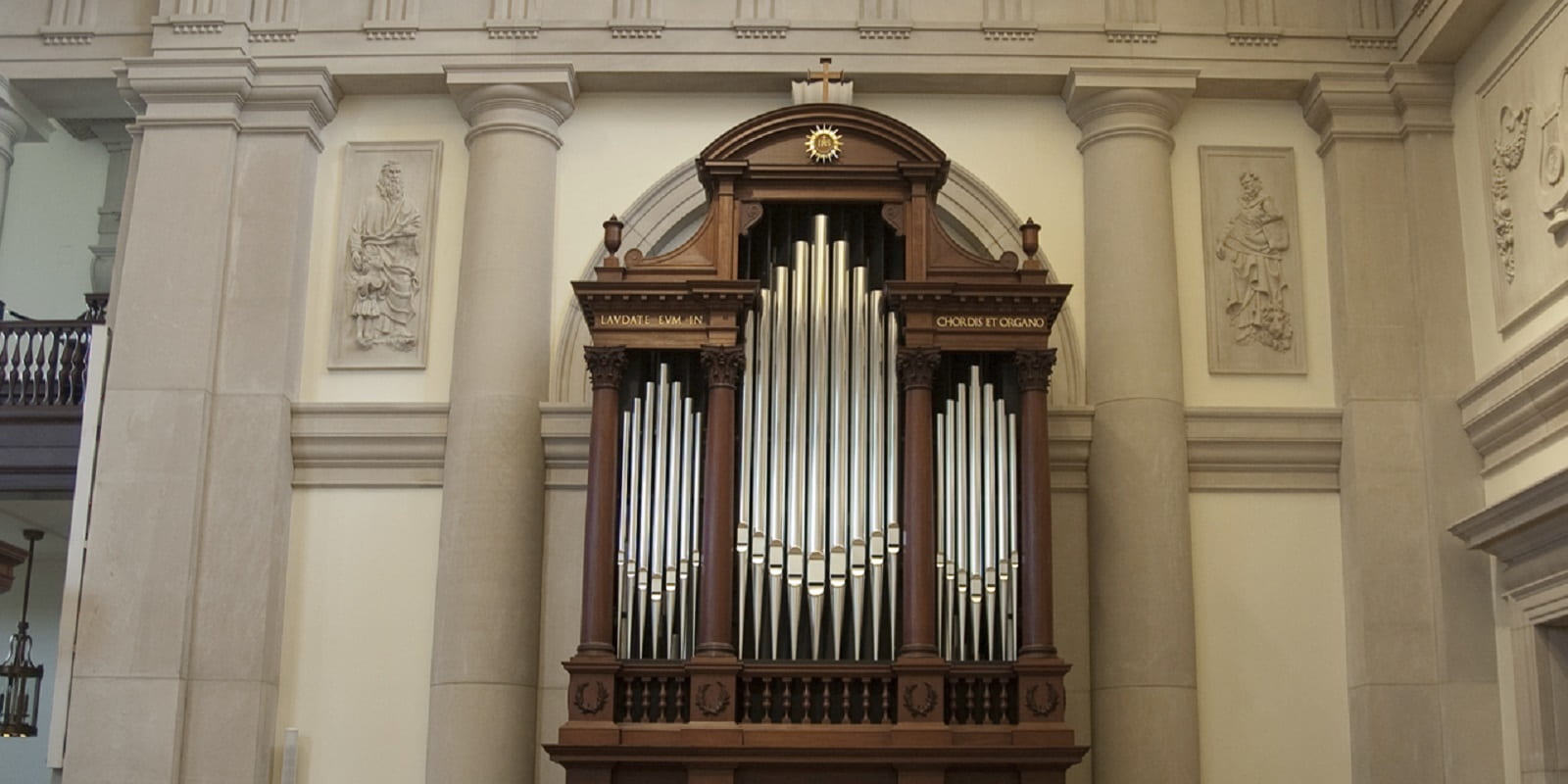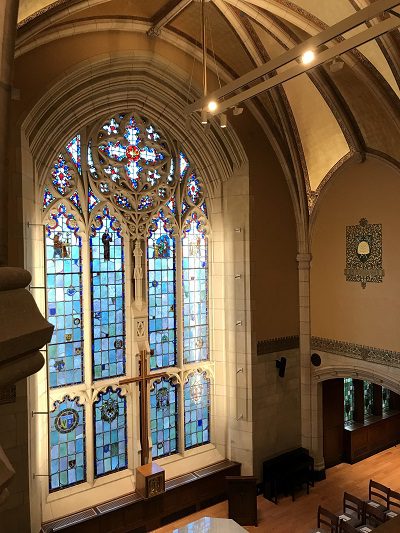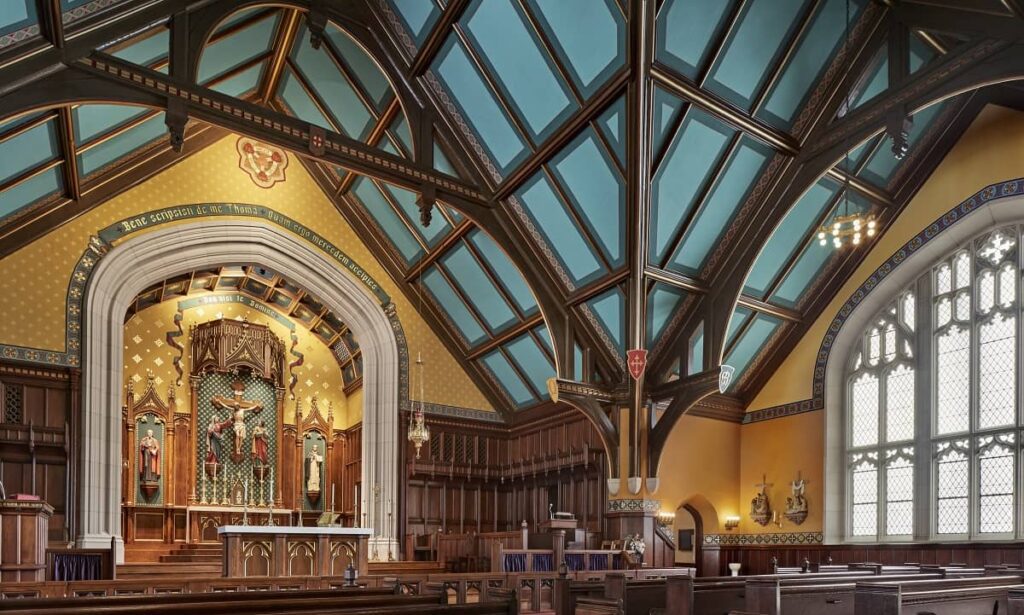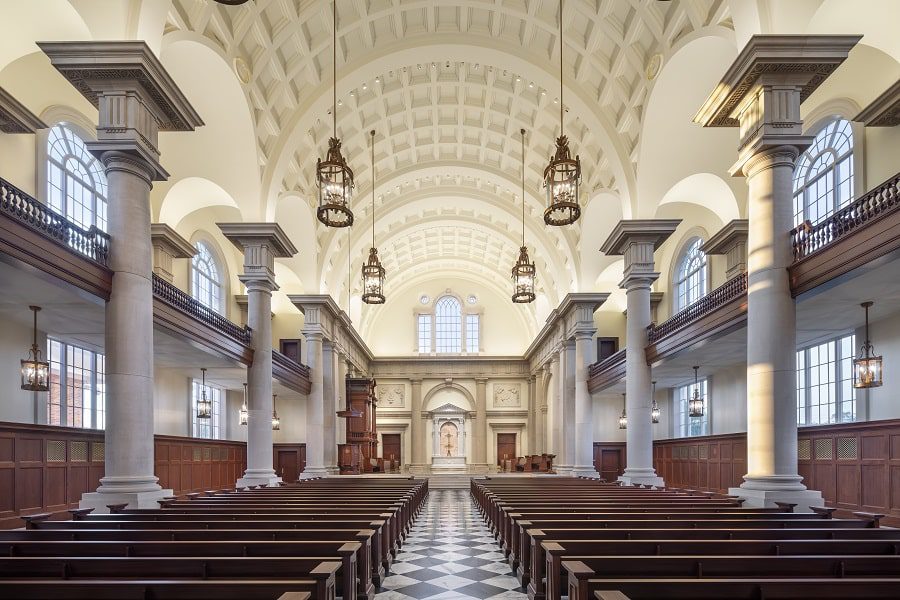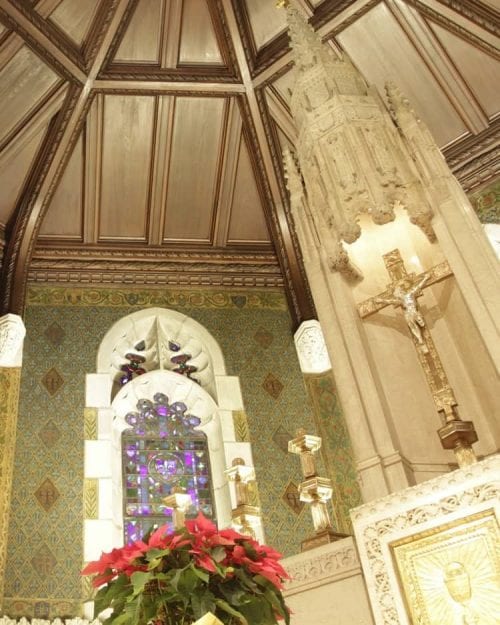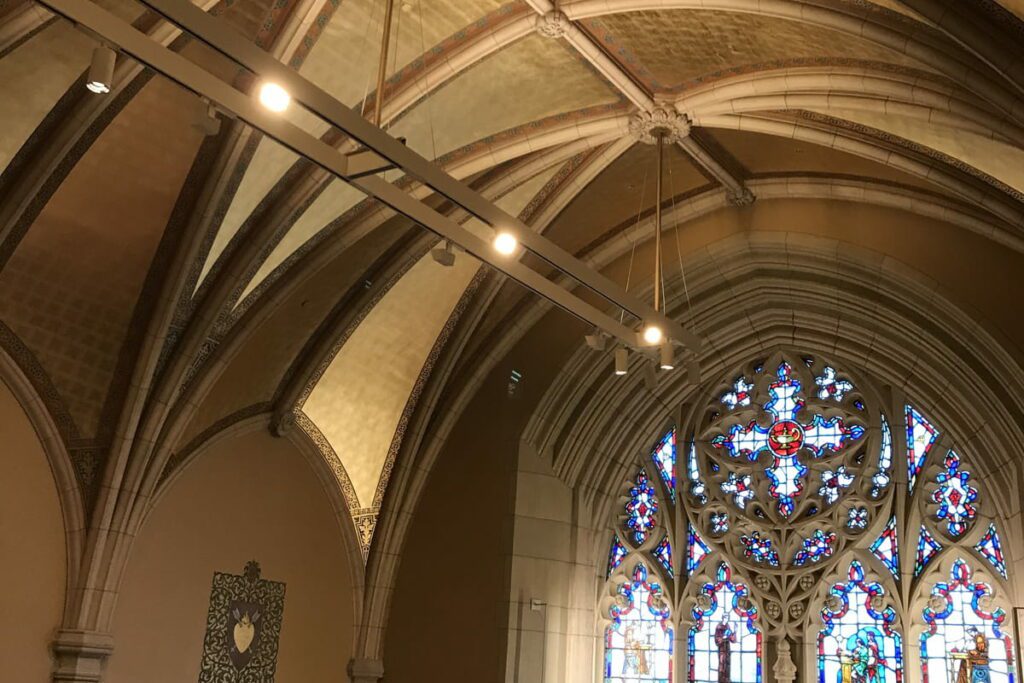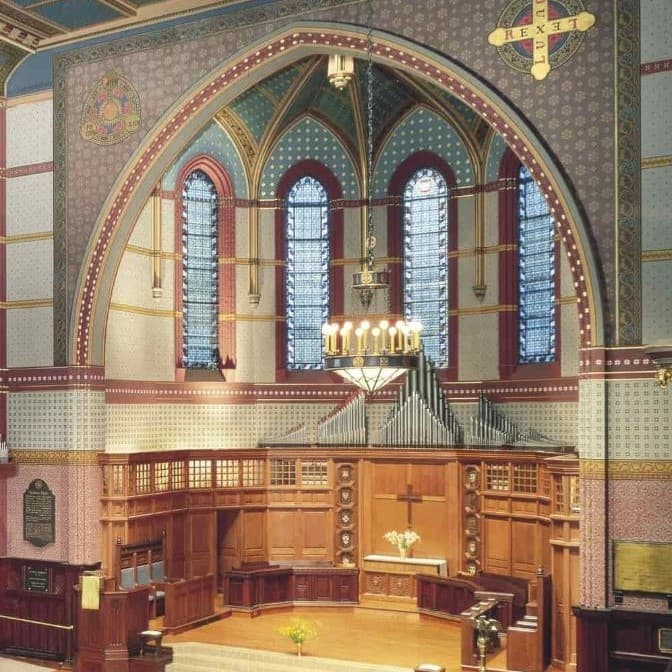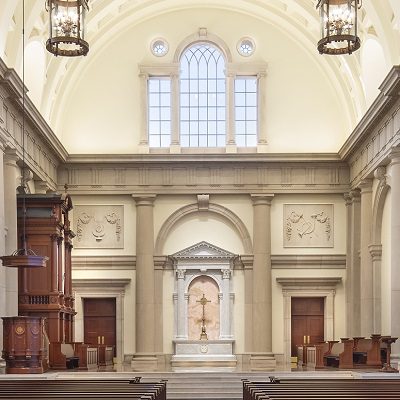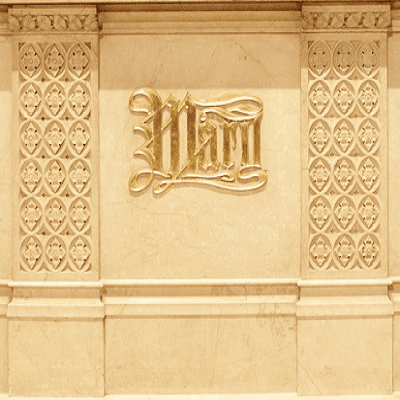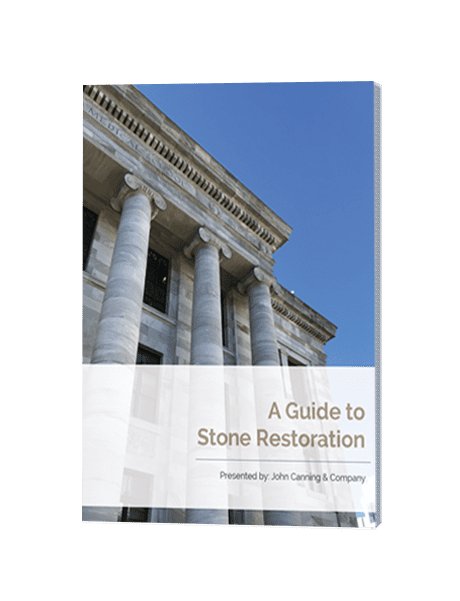Stone has been the essential material for structures since the beginning of human civilization, for even the cave men lived inside natural stone formations. As humanity began to grow, many different stone types were uncovered and eventually masonry was born, an art which continues to aid architecture and restoration today. In addition to its extreme strength and stability, stone is exceedingly beautiful and somewhat sophisticated which makes it a valuable material in the collegiate world. And what better material is there for university chapels and churches than this vessel of strength, stability, and beauty?
History
The very first University to be established in the United States was Harvard in 1636, closely followed by Yale and Princeton, originally named The College of New Jersey. These universities were modeled after the famous Oxford and Cambridge Universities in England, which were built in the gothic and neoclassical architectural style, both of which are highly reliant on stone of all kinds. As a consequence of this, stonework is predominant in buildings all over these original universities, as well as those established later, and this tradition has naturally extended to the chapels and churches on campus.
Examples
The University of Virginia, unlike Yale and Harvard, was not intended to be affiliated with a particular religion. Thomas Jefferson, founder of the university, intended for it to be a place of religious freedom, and therefore churches of various religions arose. Despite the Federal style the University is better known for that is displayed by the surrounding buildings made of brick and limestone, the main chapel was built in the late-1880s in the gothic style, It was intended to draw students to worship, while maintaining a notion of religious freedom and therefore is not designated to be any particular religion.
Duke Chapel at Duke University in North Carolina is breathtaking in its size and grandeur. James Buchanan Duke, an influential philanthropist after which the university was named, requested that the chapel be built magnificently for the benefit of all university students. He announced, “I want the central building to be a great towering church which will dominate all of the surrounding buildings, because such an edifice would be bound to have a profound influence on the spiritual life of the young men and women who come here.” To this day, it does not fail to accomplish this very thing, for all who attend and visit the college cannot help but bask in its splendor.
Our Work
As mentioned above, gothic architecture is very popular among collegiate institutions since it gives an impression of regality and sophistication, perfect for creating an environment conducive to higher education. The gothic style is particularly suitable for churches, for its long dimensions and high steeples cannot help but direct the eye toward the heavens and facilitate contemplation of extraordinary things. John Canning & Co. had the opportunity to perform involved decorative work inside St. Mary’s Church near Yale’s campus which is judged to be one of the most beautiful colleges in America.
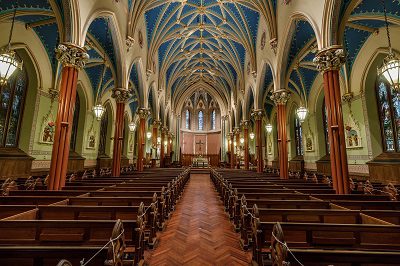
St. Mary’s Church in New Haven, Connecticut
Our Mother of Perpetual Help Chapel at Thomas Aquinas College, MA was built in 1909 in the country gothic style. Its stone exterior is striking and powerful amidst the surrounding foliage and rolling hills. The interior, once simple and plain, has been converted by the company to a vibrant and colorful Catholic aesthetic. The scope included gilding and glazing, a unique stenciling and new design in the sanctuary, and faux stone finish.
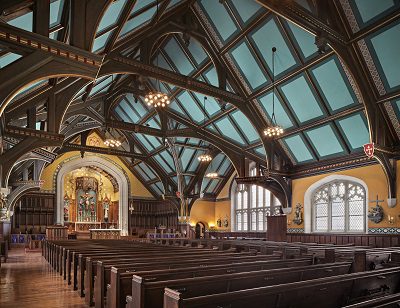
Our Mother of Perpetual Help Chapel at Thomas Aquinas College
St. Mary’s Chapel at Boston College was built in 1825 in partial fulfillment of the bishop’s dream to have a college in the city of Boston which would fill both the civic and spiritual needs of the city dwellers. Canning completed restoration of many elements of the building, including that of the magnificent stone interior by means of a delicate cleaning process.
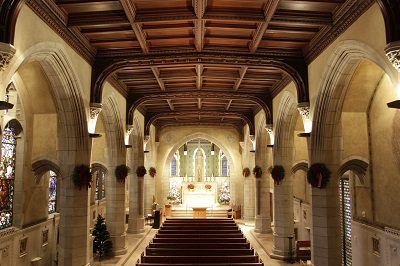
St. Mary’s Chapel at Boston College
Thus, the use of stone in college chapels and churches is highly influential to all who visit, especially the students to which the churches primarily minister. Just as it is important to instruct the youth and develop their intellects, it is also important to instruct their souls and consequently aid their spiritual lives. College chapels and churches do this very thing, and the stone used to build these structures is an immense aid to their magnificence.

